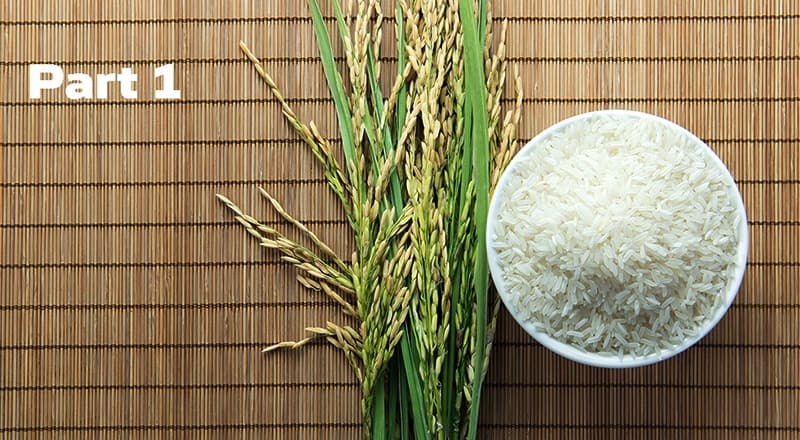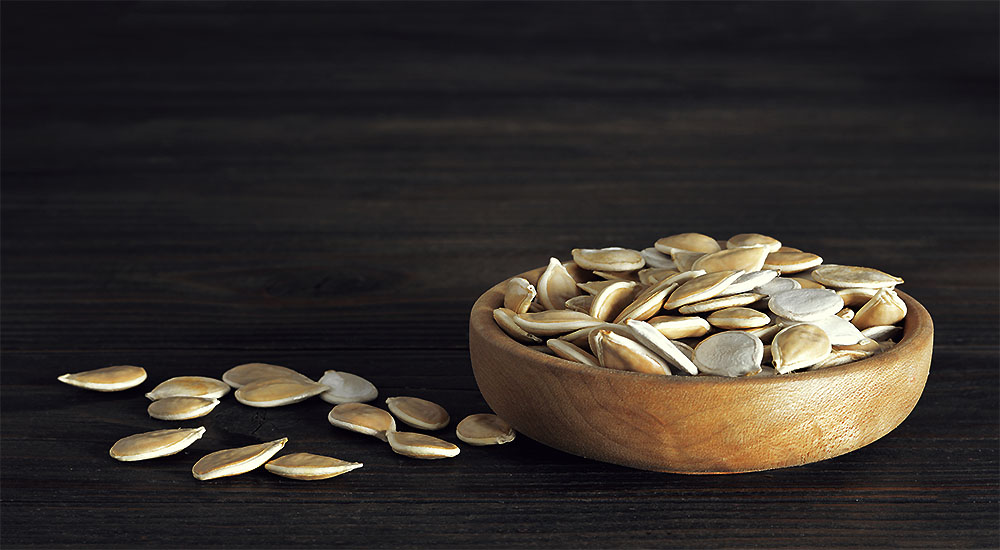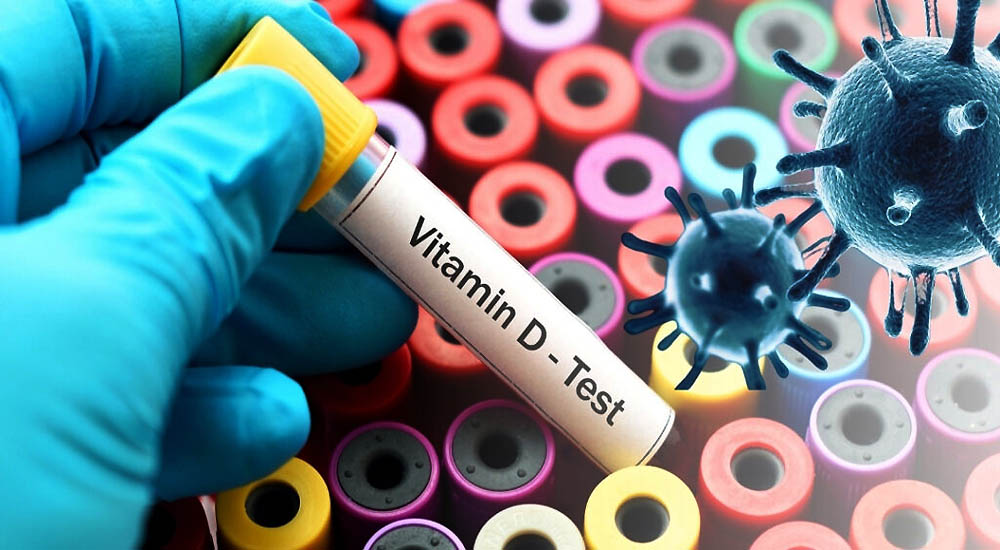Is Arsenic in Rice a Real Problem? Part 1

The Truth About Rice
Admittedly I’m going to tell you something negative about the food that we have thought was good for us. Oh great, you think, something ELSE I shouldn’t eat. I understand. It’s not all bad news, but I promise you that understanding this data is important for you, your family, and friends.
What’s the problem?
Rice is high in arsenic. Arsenic is a known carcinogen, in fact, it’s a “class I carcinogen”, making it among THE most toxic entities we know of that cause cancer. There is no class higher than “class I” when it comes to carcinogens.
It’s our chronic exposure to arsenic that is creating cancer, diabetes, a weakened immune system and an increased risk of heart disease and stroke, our number one killer.
No argument, arsenic is a bad guy, and there’s no “safe” amount of it. The goal would be to avoid as much as humanly possible.
Rice contains arsenic. How much? Generally speaking, too much.
Don’t freak out, there’s more data you need to have on how you can still consume some rice safely. Read on, please…
Why does rice contain arsenic?
The arsenic in rice is not there naturally. In other words, rice itself doesn’t inherently contain arsenic, the problem is coming from the ground rice is grown on.
Rice uptakes arsenic from the soil at a rate 10 times that of other grains.
In other words, you could grow oats on the same soil and the oats wouldn’t have an arsenic problem of any significance. But you grow rice on land rich in arsenic and you have a toxicity problem.
Why is the land high in arsenic? In the southern states where cotton used to be grown, pesticides laden with arsenic were sprayed on the cotton plant to protect it from predators. That made “happy” cotton plants, but very toxic soil. And despite decades having passed, the soil is still too high in arsenic.
Why do rice companies grow cancer-causing rice?
Do rice growers know about this problem? Yes, and they’ve known about it for a very long time.
Instead of cleaning the land or finding untainted land, they instead put their energies into developing arsenic-resistant rice plants. So we have “healthy” rice plants that aren’t damaged by arsenic but raise the risk of human cancer due to their arsenic content.
Rice growers have known of this problem since the 1920s – yes, about 100 years. They’ve unfortunately swept it under the rug and tried to dismiss the problem as not significant enough to warrant concern. That’s a lie. It’s very sad to think of individuals who have developed cancer, potentially from a high rice diet, who could have avoided such a terrible fate with a simple dietary change.
I thought rice was healthy
Ninety-five percent of the rice eaten in the U.S. is long-grain rice, so there’s no particular nutritional value in it that couldn’t be readily gotten elsewhere from a healthy diet. In fact, white rice is associated with an increased risk of diabetes.
What about brown rice? It’s definitely healthier than white, but it’s still laden with arsenic, giving it a liability that’s hard to get around.
Another study noted the benefits brown rice’s phytonutrients in reducing one’s incidence of colon polyps. That’s true, but when you’re evaluating the liabilities associated with rice, the question we need to ask is,
“Can other foods provide the same benefit without any liabilities?”
The answer is yes: dark green leafy vegetables, beans and dried fruit, were also associated with lower polyp incidence.
How much rice CAN you eat safely?
Consumer Reports recommends eating rice a couple of times per week, maximum. And they cite studies that find other whole grains, such as quinoa, buckwheat, millet, and oats (gluten-free), have similar health benefits to rice without the added arsenic risk. In fact, they have about 1/10 the amount of arsenic, putting them at a safe level of exposure.
If you ate rice Monday through Friday, 5 servings per week, it would result in a 100 times the acceptable cancer risk from arsenic exposure.
But their options for safe, occasional rice ingestion.
Is there better rice?
The first hurdle is finding rice that is lowest in arsenic. Where is that? Overall the U.S. ranks highest in the world for arsenic-containing rice samples, but California rice stands out as quite a bit better, on par with much of the rest of the world.
California’s land does not suffer the high levels of arsenic as the southern states of the U.S., including Texas, Louisiana, Mississippi, Missouri, and Arkansas.
California’s land was spared since it wasn’t an area that grew cotton, and it boasts 40% less arsenic as compared to our southern states. Internationally, Asia has lower levels as well.
A Consumer Reports study cited brown basmati rice from India, Pakistan, or California as some of the safest rice sources.
I’m frequently asked if organic rice is any better. Unfortunately, it isn’t because today’s land may pass the criteria for organic farming, but the arsenic has been there for several decades. Nothing new in the way of pesticides is being added to the land, but it doesn’t matter, the cancer-causing arsenic is still present.
Children, rice, and arsenic
Arsenic is not good for anyone but exposing our children is completely unnecessary. Avoid rice milk, rice cereal, rice puffs, rice flour, and rice syrup completely.
It’s estimated avoiding all rice in the diets of infants and young children could reduce their lifetime cancer risk by up to 23%.
The United Kingdom has banned rice milk for young children. The American Society for Pediatric Nutrition also recommends the avoidance of rice milk for infants and young children.
Recommended rice intake
The recommendation? Zero servings of rice milk for infants and children.
For adults, two servings maximum per week.
Stay tuned for Part 2…
In the second part of this blog I’ll cover:
- Food to watch out for
- 6 Steps for safe rice consumption
- Arsenic and drinking water – how to handle the problem
- Good News – yes, there is some
Do you need help with your health?
We have the diagnostic and testing tools, the clinical experience, and a different medical approach to discovering the root cause of why you have the symptoms that are bothering you. As long as you are ready to make some dietary and lifestyle changes, we can help you. We will "hold your hand" through the changes, step by step, to make each step an easy one. We are located in Clearwater, FL, at 1000 S Ft Harrison, at the corner of Ft. Harrison Ave. and Magnolia St. There is plenty of parking space directly accessible from Ft Harrison. If it is not convenient for you to come to Root Cause Medical Clinic, we offer telehealth/telemedicine consultations to residents of certain states. Call us for details.
Contact us for a Consultation – Call 727-335-0400

Dr. Vikki Petersen DC. CCN
Founder of Root Cause Medical Clinic
Certified Functional Medicine Practitioner
Dr Vikki Petersen is a public speaker, author of two books, several eBooks and creates cutting edge content for her YouTube community. Dr Vikki is committed to bringing Root Cause Medicine and its unique approach to restoring health naturally to the world.
Ask a Doctor
Have a health concern you'd like to speak with a doctor about? Or just want clarity on a subject? Ask Us!
Featured Articles
Popular Stories
References:
Grateful acknowledgment to Dr. Greger and his team at nutritionfacts.org for their tireless work in unveiling key studies in a broad arena of nutritional research.
- Kim HS, et al. An Overview of Carcinogenic Heavy Metal: Molecular Toxicity Mechanism and Prevention. Journal of Cancer Prevention. 2015 Dec;20(4):232-40.
- Oberoi S, et al. The global burden of disease for skin, lung, and bladder cancer caused by arsenic in food. Cancer, Epidemiology, Biomarkers, and Prevention. 2014 Jul;23(7):1187-94.
- Moon KA, et al. Association between exposure to low to moderate arsenic levels and incident cardiovascular disease. A prospective cohort study. Annals of Internal Medicine. 2013 Nov 19;159(10):649-59.
- Becker A, et al. Arsenic and type 2 diabetes: commentary on the association of inorganic arsenic exposure with type 2 diabetes mellitus: a meta-analysis by Wang et al. Journal Epidemiology and Community Health. 2014 May;68(5):393-5.
- Sung TC, et al. Association between Arsenic Exposure and Diabetes: A Meta-Analysis. Biomedical Research International. 2015;2015:368087.
- Shiue I. Urinary arsenic, pesticides, heavy metals, phthalates, polyaromatic hydrocarbons, and polyfluoroalkyl compounds are associated with sleep troubles in adults: USA NHANES, 2005-2006. Environmental Science Pollutant Research International. 2017 Jan;24(3):3108-3116.
- Hettick BE, et al. Arsenic: A Review of the Element’s Toxicity, Plant Interactions, and Potential Methods of Remediation. Journal of Agricultural and Food Chemistry. 2015 Aug 19;63(32):7097-107.
- Potera C. Arsenic and Latent Disease Risk: What’s the Mechanism of Action? Environmental Health Perspectives. 2016 Feb;124(2): A36.
- U.S. Food and Drug Administration. 2016. Arsenic in Rice and Rice Products Risk Assessment Report.
- Arsenic in your food: our findings show a real need for federal standards for this toxin. Consumer Reports. 2012 Nov;77(11):22-7.
- Jallad KN. Heavy metal exposure from ingesting rice and its related potential hazardous health risks to humans. Environmental Science Pollutant Research International. 2015 Oct;22(20):15449-58.


